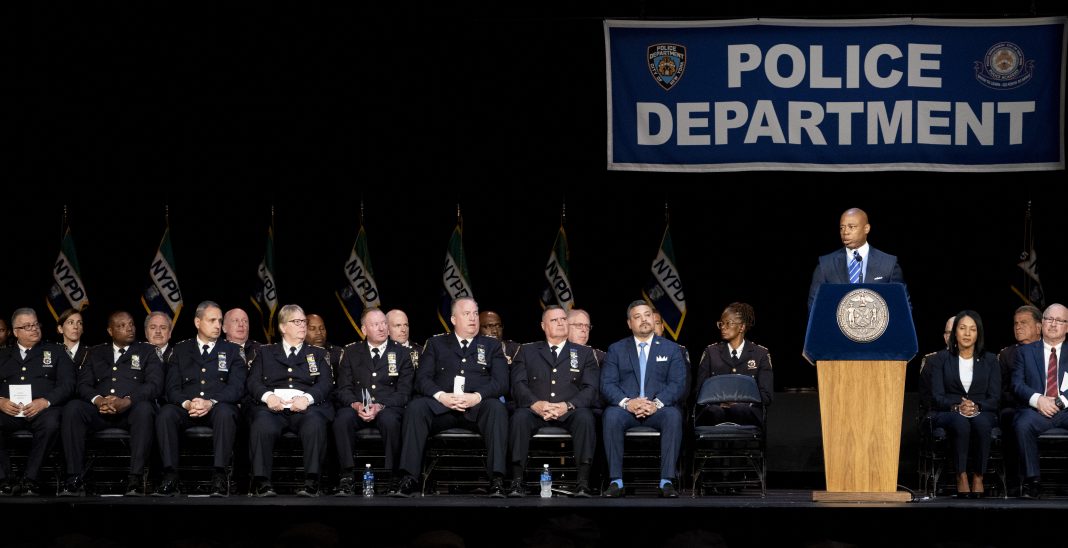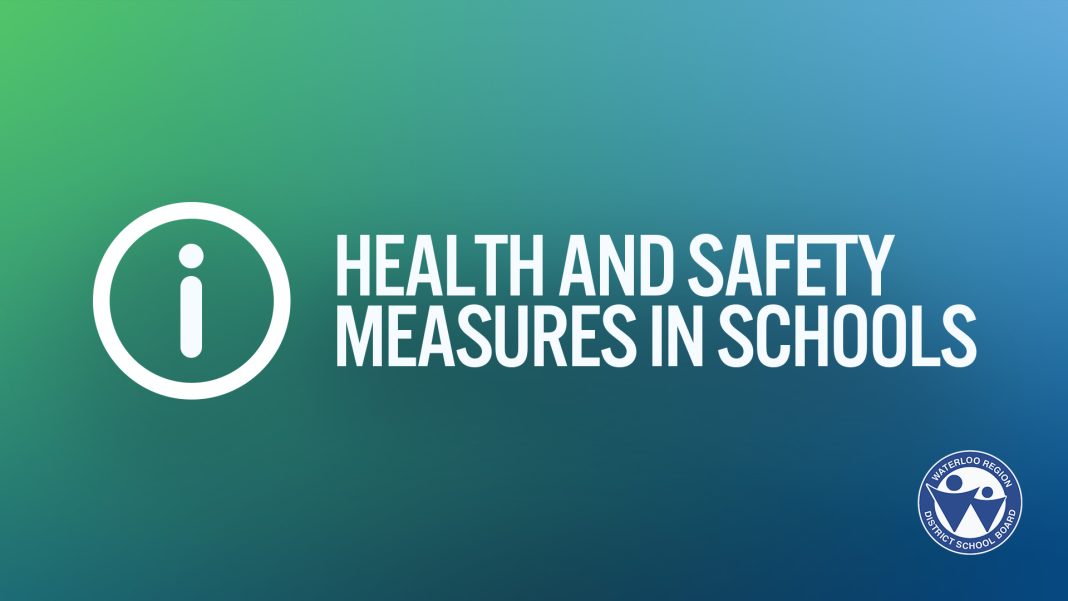New York City Mayor Eric Adams recently announced plans to allocate $225 million towards the construction of a new police training facility in Queens. This decision has sparked controversy as it comes at the expense of funding for vital public services, such as libraries. It reflects a broader trend among politicians to prioritize policing and carceral enforcement over investing in social programs.
The proposed training facility will serve as a hub for training law enforcement officers from various city agencies, including the departments of Sanitation, Homeless Services, and the Administration for Children’s Services. This consolidation of training under one roof raises concerns about the increasing militarization of public services and the criminalization of certain groups, particularly communities of color.
While the planned building may not be an exact replica of Atlanta’s “Cop City,” it shares a similar agenda that views the entire city as a police state. It is worth noting that Mayor Adams himself is a former police officer, further highlighting his commitment to a law enforcement-centered approach.
Currently, there are already law enforcement officers in eighteen city agencies, albeit in smaller numbers compared to the massive New York Police Department (NYPD). The Department of Health and Hospitals, for example, employs 1,250 “special officers,” while Sanitation has 80 special patrol officers. These officers may not carry guns, but they are authorized to use physical force against civilians.
Recent investigations have revealed instances of abuse and misconduct by these so-called “peace officers.” The Department of Homeless Services Police, for instance, has been implicated in numerous cases of beatings. This raises concerns about the quality of training provided by the NYPD, as well as the potential for increased violence if all city law enforcement officers are trained in a similar manner.
Mayor Adams’s remarks about learning from the Department of Correction and Department of Probation further suggest a focus on criminalization rather than addressing root causes. This centralized training approach reinforces practices that disproportionately target poor people of color, perpetuating a cycle of constant policing and surveillance.
The mayor’s fearmongering statements, invoking a unified force of “bad guys,” echo the rhetoric used to justify brutal police responses to protests against racial injustice and raids on Palestine solidarity encampments. This agenda aligns with what abolitionist geographer Ruth Wilson Gilmore calls “organized abandonment,” where the state divests from essential services in marginalized communities, paving the way for privatization and increased reliance on policing and incarceration.
The fight against a “cop city” in New York extends beyond opposition to the Queens training campus. It is a reminder that, four years after the George Floyd uprisings, the concept of Cop City is pervasive. While the planned facility may not have the same territorial dimension as Atlanta’s Cop City, there is still room for New Yorkers to voice their objections and join the broader movement against the expansion of policing and the erosion of public services. This fight includes targeting the corporate backers and contractors involved in these projects.
In conclusion, Mayor Adams’s decision to invest $225 million in a new police training facility reflects a troubling trend of prioritizing policing over public services. The consolidation of training under one roof raises concerns about the increasing militarization of various city agencies and the perpetuation of systemic racism. It is crucial for New Yorkers to challenge this agenda and advocate for a more equitable and community-centered approach to public safety.


